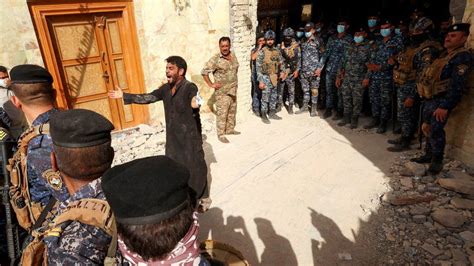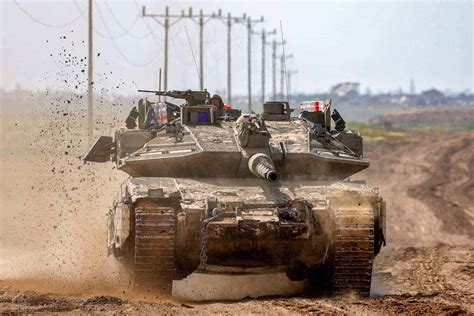A major earthquake struck Myanmar, causing over 2,000 deaths and structural collapses. While earthquakes are common in Southeast Asia due to the movement of tectonic plates, neighboring countries like Thailand and China do not usually experience such devastation from quakes. However, a surprising event unfolded when an unfinished high-rise building in Bangkok collapsed despite being more than 1,000km away from the earthquake’s epicenter.
### Unraveling the Earthquake
The earth’s upper layer is divided into tectonic plates that are constantly shifting. In Myanmar, four tectonic plates converge, leading to significant geological activity. Dr. Rebecca Bell from Imperial College London explains how faults form due to this movement, allowing plates to slide past each other. The recent quake was likely a
“strike-slip”
type along the Sagaing fault line running through Myanmar.
**Dr. Bell elaborates,**
“As the plates move past each other…friction builds up until it is suddenly released.”
This sudden release causes seismic shifts resulting in earthquakes.
### Why Did It Affect Bangkok?
Despite its distance from the epicenter, Bangkok felt significant tremors due to several factors. The shallow depth of just 10km amplified surface shaking. Additionally, with a magnitude of 7.7 on the moment scale—comparable to energy levels seen during historic events like Hiroshima—the quake had far-reaching effects.
**Dr. Bell further explains,**
“The larger area of fault slippage…results in a more powerful earthquake.”
Seismologist Prof Frederik Tilmann describes this quake as a rare
“super shear,”
where rupture speeds exceeded typical seismic wave rates—similar to a supersonic jet flying through the earth.
### Engineering Insights
Bangkok’s vulnerability stemmed partly from its soft soil composition that intensifies ground movements during earthquakes compared to sturdier terrains. Drastic videos emerged showing skyscrapers swaying precariously; however, only one—the under-construction headquarters for Bangkok’s auditor-general—collapsed.
Prior to 2009, Bangkok lacked comprehensive earthquake safety standards for buildings—a deficiency that left older structures particularly at risk according to Dr Christian Málaga-Chuquitaype from Imperial College London.
**Prof Amorn Pimarnmas notes,** Despite some regulations on earthquake-proofing buildings in Thailand, less than 10% are estimated to be adequately prepared for quakes.
### Vulnerabilities in Building Techniques
Analysis suggests that outdated construction methods may have contributed to building failures during the quake incident in Bangkok.
**Dr Málaga-Chuquitaype comments,** The collapse might be linked to using ‘flat slab’ construction methods which lack sufficient reinforcement against seismic activities.
With newer safety guidelines now enforced on construction practices post-2009—an improvement aimed at bolstering structural integrity against earthquakes—there remains room for investigations into additional factors behind such collapses.
### Impact Beyond Borders
While Myanmar bore immediate consequences due to its proximity to the epicenter and poor construction standards increasing vulnerability—particularly heightened by liquefaction risks along rivers—neighboring cities like Mandalay faced severe ramifications too.
Looking ahead, ensuring stringent adherence to updated building codes alongside advancing engineering techniques will be pivotal lessons drawn from this calamity affecting both Myanmar and Thailand.









Leave feedback about this